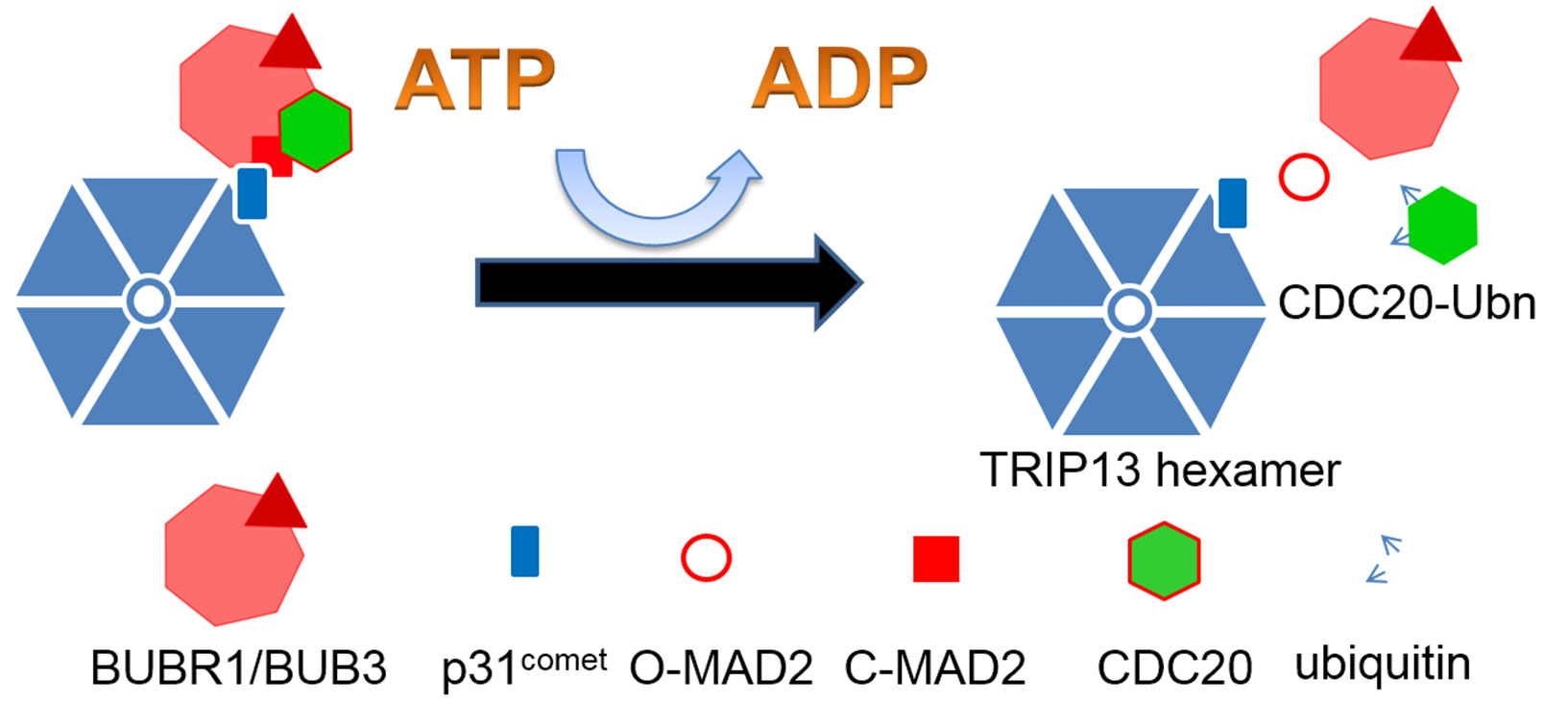Solved In mitosis three major check points are built into the cell Biology Diagrams In addition, the antephase checkpoint (green box) plays an important role in preventing mitotic entry in the presence of various stress conditions (see text). Of late, interest has been gathering around a checkpoint that is presumably present in antephase and delays entry into mitosis. This prevents CDK1-cyclin B activation, blocking mitotic entry until repairs are made. During mitosis, the spindle assembly checkpoint (SAC) ensures chromosomes are properly attached to the mitotic spindle before anaphase.
Keywords: mitosis, checkpoint, DNA damage, chromosome segregation, aneuploidy 1. Introduction Exit from mitosis is the final cell cycle transition, which represents the completion of mitosis and the entry into a new interphase.

17.1 Cell Cycle Checkpoints Biology Diagrams
The mechanisms by which mitotic entry is prevented in response to DNA damage are similar to those in the G1/S checkpoint. DNA damage triggers the activation of the aforementioned ATM/ATR pathway, in which ATM/ATR phosphorylate and activate the Chk1/Chk2 checkpoint kinases.

Cell cycle, mitotic entry, and DNA-damage checkpoints - Arne Lindqvist's Group We are interested in how human cells decide to divide, the signalling regulating mitotic entry and its interplay with DNA-damage checkpoints. The G 2 Checkpoint The G 2 checkpoint bars entry into the mitotic phase if certain conditions are not met. As at the G 1 checkpoint, cell size and protein reserves are assessed. However, the most important role of the G 2 checkpoint is to ensure that all of the chromosomes have been replicated and that the replicated DNA is not damaged.

Safeguarding Entry into Mitosis: the Antephase Checkpoint Biology Diagrams
The G 2 Checkpoint The G 2 checkpoint bars entry into the mitotic phase if certain conditions are not met. As at the G 1 checkpoint, cell size and protein reserves are assessed. However, the most important role of the G 2 checkpoint is to ensure that all of the chromosomes have been replicated and that the replicated DNA is not damaged.

That is, nuclei undergoing S phase could delay mitotic entry of a G2 nucleus, whereas mitotic cells stimulated nuclei to prematurely enter mitosis. In addition, studies in oocytes had determined a similar relationship between S phase and mitosis [9, 10]. Cells carry Mad2-GFP to record checkpoint activation, and Clb2-mCherry to record both mitotic entry (Clb2 rise time) and mitotic exit (Clb2 degradation time). Length of mitotic arrest is defined as the difference between mitotic exit and mitotic entry. How cells ensure that they enter mitosis after completing replication of their genome is not fully resolved. Sobkowiak et al. describe a checkpoint involving REV7. This checkpoint has mechanistic similarities to the spindle anaphase checkpoint mediated by MAD2, a protein structurally related to REV7.
